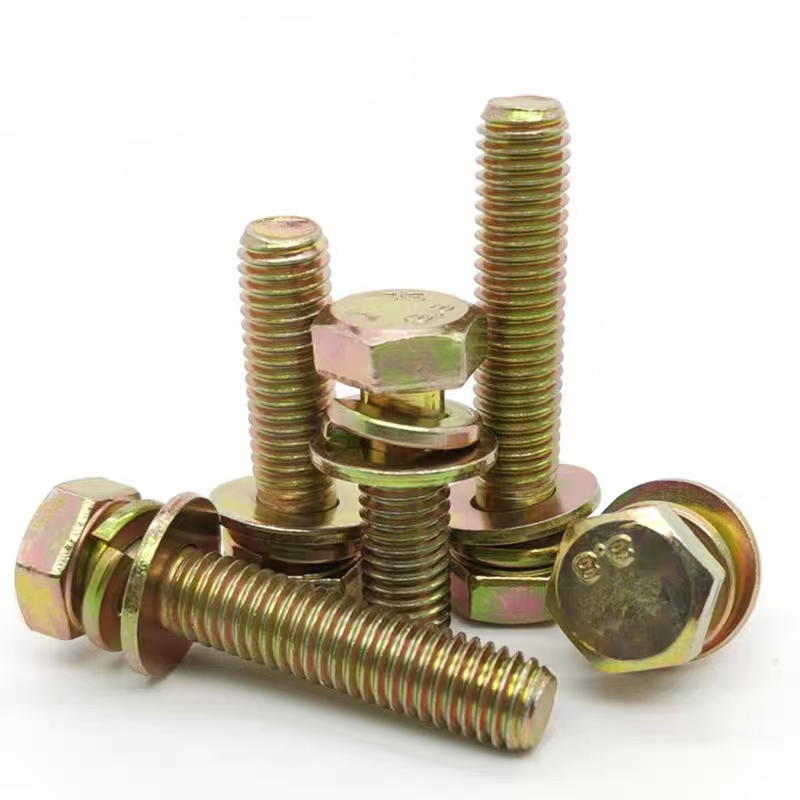- Chinese
- French
- German
- Portuguese
- Spanish
- Russian
- Japanese
- Korean
- Arabic
- Irish
- Greek
- Turkish
- Italian
- Danish
- Romanian
- Indonesian
- Czech
- Afrikaans
- Swedish
- Polish
- Basque
- Catalan
- Esperanto
- Hindi
- Lao
- Albanian
- Amharic
- Armenian
- Azerbaijani
- Belarusian
- Bengali
- Bosnian
- Bulgarian
- Cebuano
- Chichewa
- Corsican
- Croatian
- Dutch
- Estonian
- Filipino
- Finnish
- Frisian
- Galician
- Georgian
- Gujarati
- Haitian
- Hausa
- Hawaiian
- Hebrew
- Hmong
- Hungarian
- Icelandic
- Igbo
- Javanese
- Kannada
- Kazakh
- Khmer
- Kurdish
- Kyrgyz
- Latin
- Latvian
- Lithuanian
- Luxembou..
- Macedonian
- Malagasy
- Malay
- Malayalam
- Maltese
- Maori
- Marathi
- Mongolian
- Burmese
- Nepali
- Norwegian
- Pashto
- Persian
- Punjabi
- Serbian
- Sesotho
- Sinhala
- Slovak
- Slovenian
- Somali
- Samoan
- Scots Gaelic
- Shona
- Sindhi
- Sundanese
- Swahili
- Tajik
- Tamil
- Telugu
- Thai
- Ukrainian
- Urdu
- Uzbek
- Vietnamese
- Welsh
- Xhosa
- Yiddish
- Yoruba
- Zulu
- Kinyarwanda
- Tatar
- Oriya
- Turkmen
- Uyghur

10.9S large hexagon bolt
The Significance of 10.9S Large Hexagon Bolts in Modern Construction
In the world of construction and engineering, the choice of fasteners can make or break a project. A 10.9S large hexagon bolt might seem just like any other bolt to the layman, but for professionals, it's a key player in ensuring stability and safety. Many misunderstand its role, often underestimating its capabilities and the very specific scenarios where it's most impactful.
Understanding the 10.9S Large Hexagon Bolt
The 10.9S large hexagon bolt isn't just about size or shape; it's about strength. The '10.9' rating indicates its tensile strength, a crucial factor for engineers aiming to balance weight with durability in complex structures. Often used in critical areas, this bolt can handle intense pressure without failing. However, not every scenario calls for this level of robustness. Misapplication can lead to unnecessary costs and structural implications.
A classic misstep we've observed is specifiers overestimating needs, resulting in an overuse of these robust bolts in low-stress areas. Positioned correctly, though, they're indispensable. Consider their application in areas prone to dynamic loads; that's where they truly shine, resisting shear forces that would compromise lesser fasteners.
Another point to consider is the environment where these bolts operate. Corrosion resistance is often overlooked. Depending on the material finish, be it hot-dip galvanized or zinc-coated, their lifespan can vary significantly. It's here that expertise comes into play, selecting not just the 10.9S large hexagon bolt, but the right version for environmental conditions.
Application: Case Studies and Real-world Use
Working with leading suppliers like Handan Zitai Fastener Manufacturing Co., Ltd., which you can explore at their website, we've implemented these bolts in a range of projects. From large-scale bridges to high-rise constructions, their application is varied — yet each scenario demands meticulous selection and placement.
A memorable project involved a high-altitude wind turbine installation. Here, the 10.9S large hexagon bolt was indispensable, providing the necessary tensile strength to withstand both the weight and environmental stresses. It was a learning curve, though. In early phases, improper application led to minor shifts in turbine stance, a reminder of the critical nature of bolt placement and tension settings.
Such experiences underline why these bolts are often specified. It's about reliability in situations where failure simply isn't an option. The entire supply chain, from Handan Zitai's rigorous standards to onsite quality control, plays a role in this assurance.
Selection Nuances: What Professionals Consider
Beyond understanding strength ratings, professionals must weigh factors like bolt length, thread pitch, and head dimensions. Manufacturers like Handan Zitai Fastener Manufacturing Co., Ltd. provide extensive catalogs that cater to this need, offering a range of solutions for versatile project demands.
For example, a construction site might require bolts with non-standard lengths or custom threading. These may impact installation speed and overall project timeline, nuances that only those with experience might foresee. Experienced professionals know that consulting with suppliers early in project planning is essential to align on specs and avoid costly delays.
The process involves more than just ticking off boxes; it's about integrating the bolt into an engineering equation that considers all aspects — environmental exposure, load expectation, and potential stressors. This holistic view is what separates seasoned practitioners from novices.
Common Pitfalls in Bolt Application
Errors with bolts generally stem from oversight, not malintent. One frequent issue involves improper torque. Failing to achieve the correct tension can reduce a bolt's effective load capacity. Industry standards guide these specifications, yet onsite application often deviates, necessitating strict quality control processes.
I've encountered situations where torque was improperly calibrated, leading to structural vulnerabilities. Resolution often involved retraining site staff, emphasizing the need for precision in bolt application. These insights were pivotal in refining protocols and training programs.
Another common issue is neglecting thermal expansion, particularly in metal-intensive builds. Understanding how a 10.9S large hexagon bolt behaves under temperature fluctuations is crucial. Here, engineering simulations in the design phase can mitigate long-term risks.
Looking Ahead: Innovations and Evolving Standards
Innovation in fastener technology is ongoing, driven by the need for smarter materials and adaptive designs. The 10.9S large hexagon bolt might evolve with enhanced coatings and designs optimized for next-gen builds. Handan Zitai Fastener Manufacturing Co., Ltd. frequently updates its product lines to reflect these advancements, setting benchmarks in quality and innovation.
The move towards greener materials also looks promising. Sustainable construction demands choicer materials that don't compromise on strength. Partnering with forward-thinking companies ensures access to such innovations, keeping projects ahead of regulatory and environmental standards.
Ultimately, the journey with fasteners like the 10.9S large hexagon bolt is about adaptive learning and continual optimization. As projects grow in complexity, so will the demands on fasteners. The key is staying informed and engaged with the latest developments in the industry.
Related products
Related products
Best selling products
Best selling products-
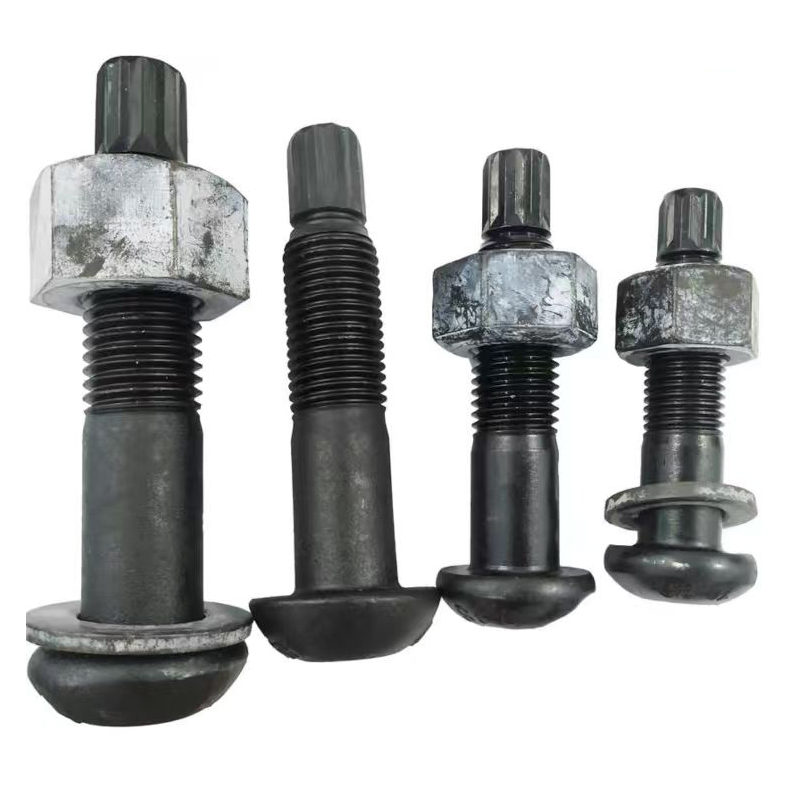 10.9S Torsion Shear Bolts
10.9S Torsion Shear Bolts -
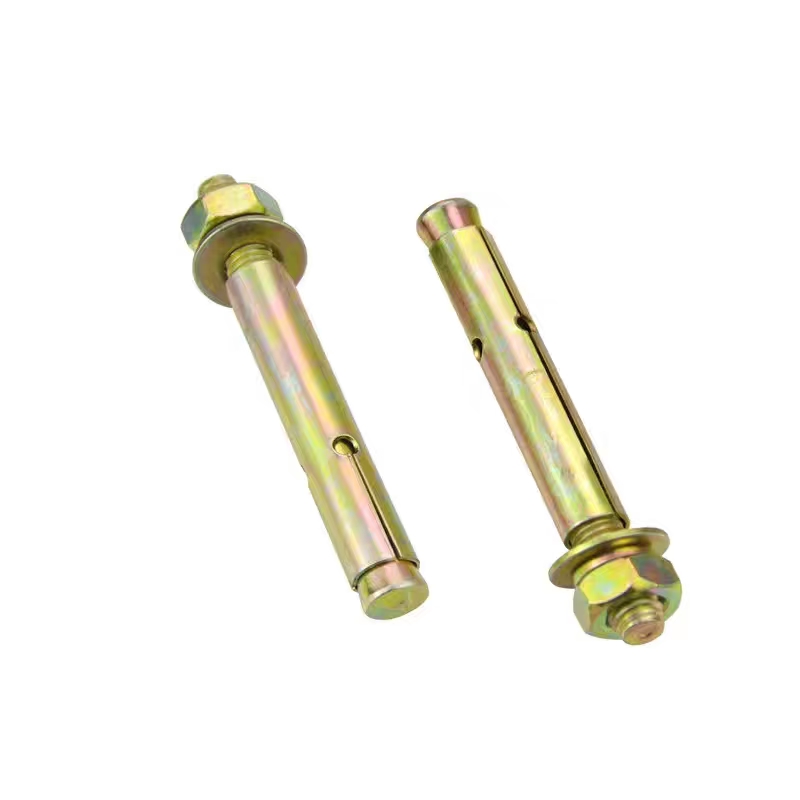 Colored zinc-plated expansion bolts
Colored zinc-plated expansion bolts -
 Colored zinc-plated expansion hook
Colored zinc-plated expansion hook -
 Colored zinc-plated gaskets
Colored zinc-plated gaskets -
 Welded plate anchor (welded plate anchor bolt)
Welded plate anchor (welded plate anchor bolt) -
 Electrogalvanized chemical bolts
Electrogalvanized chemical bolts -
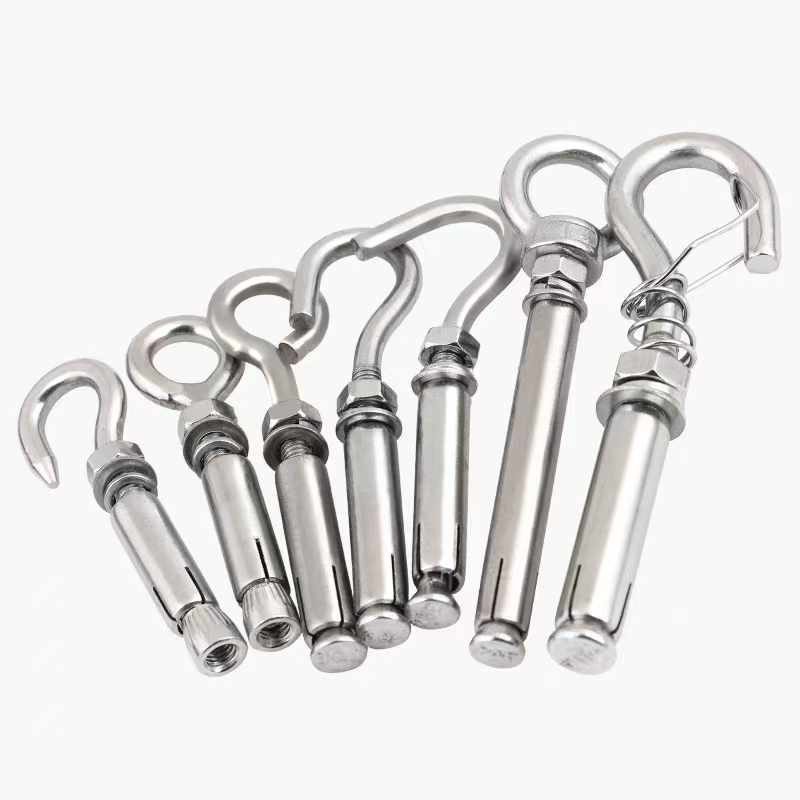 Electro-galvanized expansion hook
Electro-galvanized expansion hook -
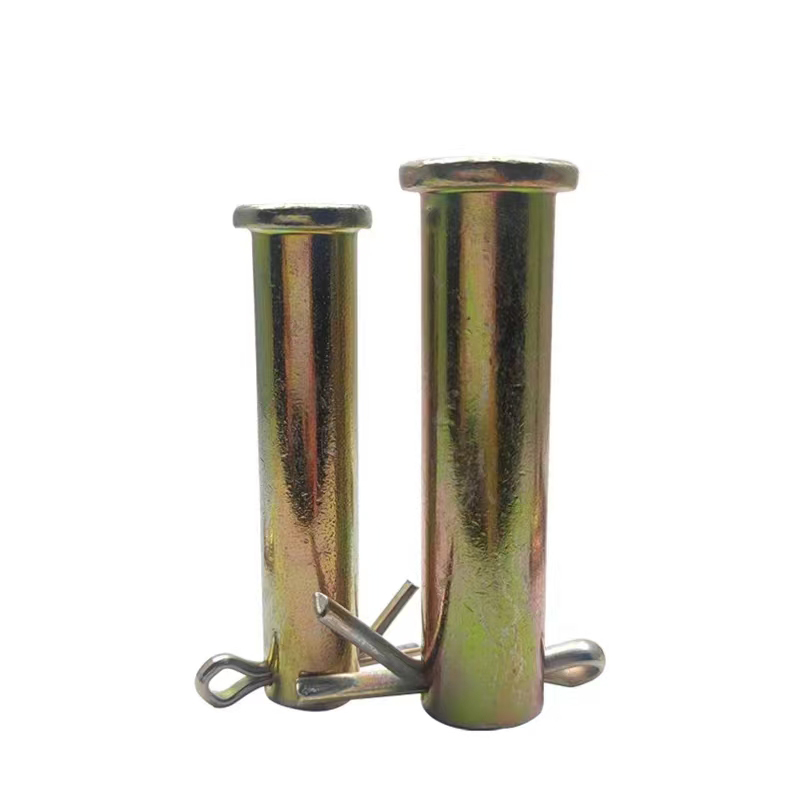 Colored zinc-plated pins
Colored zinc-plated pins -
 Anti-loosening nut (locking nut)
Anti-loosening nut (locking nut) -
 Welding nails
Welding nails -
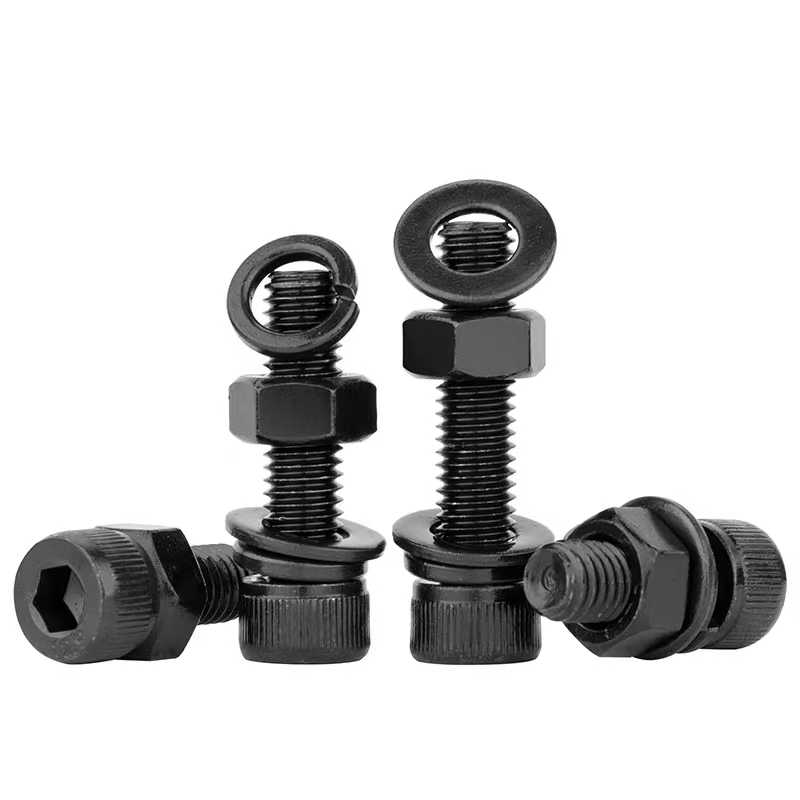 Hexagon socket black zinc-plated bolts
Hexagon socket black zinc-plated bolts -
 T-bolt (T-slot bolt)
T-bolt (T-slot bolt)






